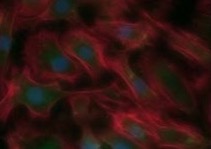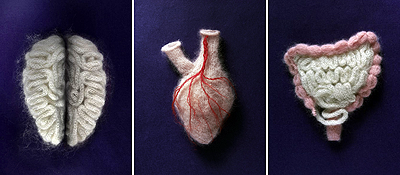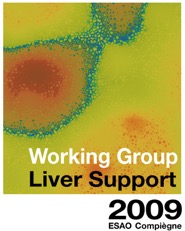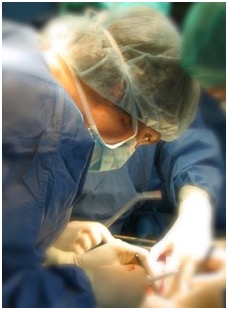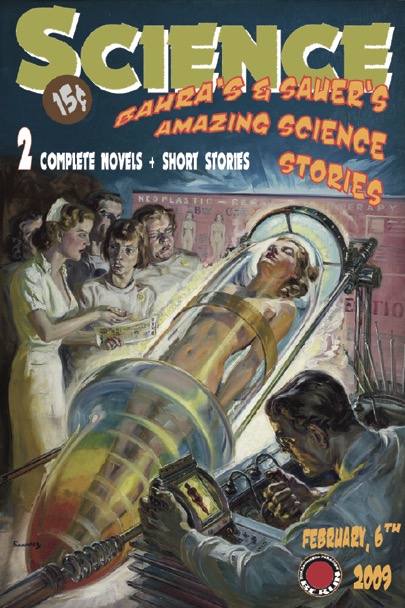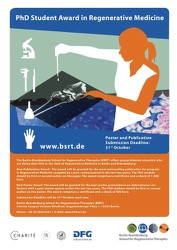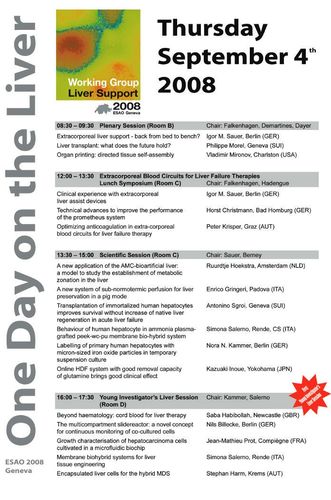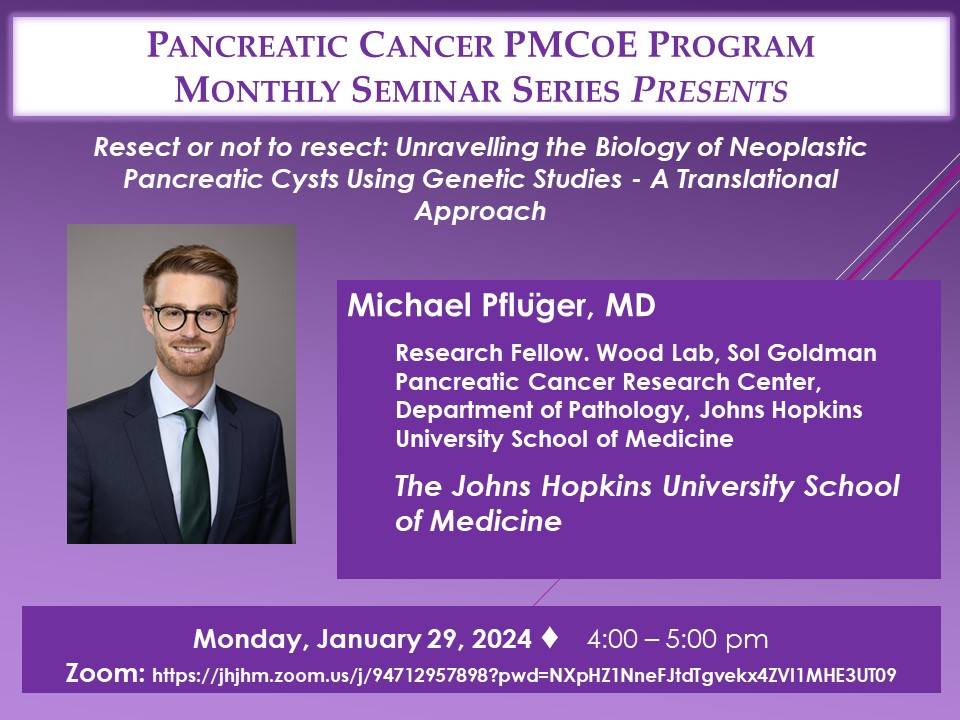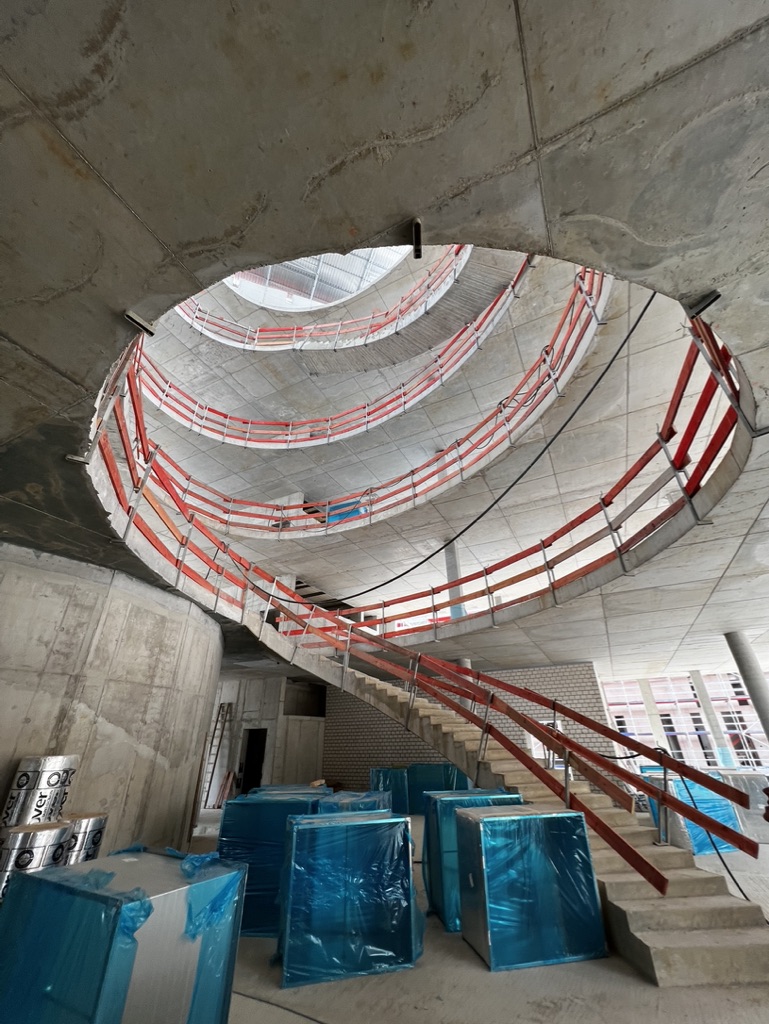Modified nanoparticles & multimodal imaging

Cell transplantation is a major field in regenerative medicine and a promising alternative to whole organ transplantation. However, the process of cell engraftment is not yet fully understood and the hitherto achieved clinical outcome is limited. The aim of our study was to modify an aminosilan-coated nanoparticle for cell labeling and make it applicable for multimodal imaging using MRI, PET and fluorescent imaging. HIV-1 tat, linked FITC, and Gallium-68 were covalently bound to the particle and injected into Wistar rats. Animal-PET imaging was performed followed by MRI at 3.0T. Hepatic accumulation of the particles was proven by radionuclide distribution after 10 minutes in PET as well as in MRI over a 24 hour-period. Histological workup of the liver also revealed content of iron oxide particles in the reticuloendothelial system. Adjacent in vitro studies incubating hepatogenic HuH7 cells with the particles showed a rapid intracellular accumulation, clearly detectable by fluorescence microscopy and MRI. In conclusion our modified nanoparticle is stable under in vitro and in vivo conditions and is applicable for multimodal molecular imaging. Cellular labeling with this particle is possible and might help to get new insights into understanding the process of cell transplantation.


